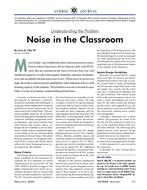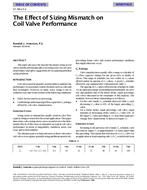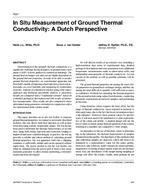This paper discusses a compressor and allied technology that permits the efficient use of low-pressure hydrocarbon or fluorocarbon refrigerants. Such a technology may become important, partly because many conventional refrigerants are believed to be serious global environmental hazards. The vapor refrigeration technology discussed here is based upon a relatively small and efficient high-displacement constrained rotary vane(CRV) gas-handling machine and enhanced internal surface, low-pressure-loss heat exchangers.
Independent performance tests conducted on an early six-vane 30 cid (490 cc) CRV open compressor using CFC-114 as the test refrigerant demonstratead coefficient of performance (COP) of 4.67 while delivering about 40,000 B (10,000 kcal/h) and operating across a test condition of 45°F and 120°F (7°C/49°C). These data revealed an overall compressor efficiency of 77% while providing volumetric efficiency of 87%. A later and slightly improved four-vane CRV reached an overall efficiency of 80% and a volumetric efficiency of 92% while operating across the same test conditions, and also using CFC-114 as the test fluid. Preliminary development of this type of compressor showed only small variations in performance whether hydrocarbons or fluorocarbons were used as refrigerants.
The low-pressure vapor compression technology described here has been and is being demonstrated in non-CFC mobile and air-to-air residential air-conditioning, 2 kWe solar-thermal organic Rankine power generation, and water-to-air reversing heat pumps.
Citation: Symposium, ASHRAE Transactions, vol. 95, pt. 1, Chicago 1989
Product Details
- Published:
- 1989
- Number of Pages:
- 7
- File Size:
- 1 file , 1.4 MB
- Product Code(s):
- D-CH-89-20-5


